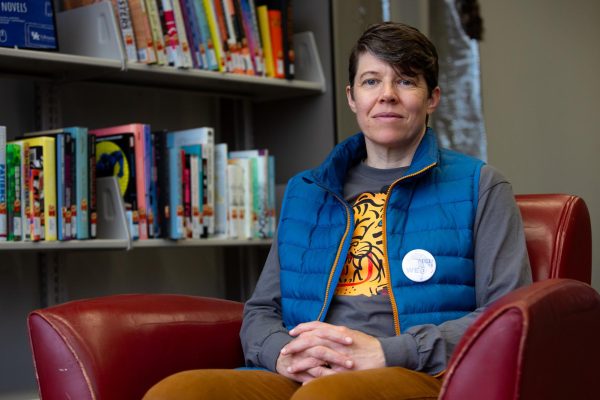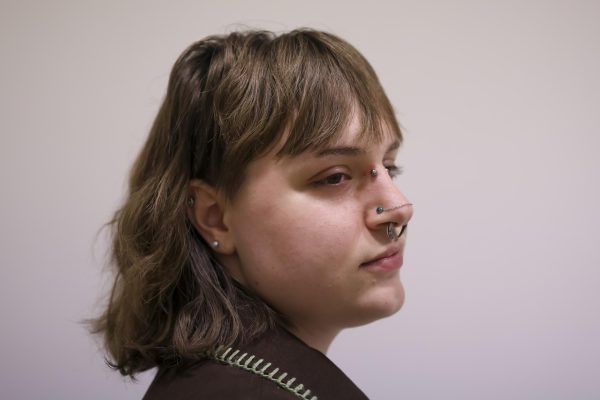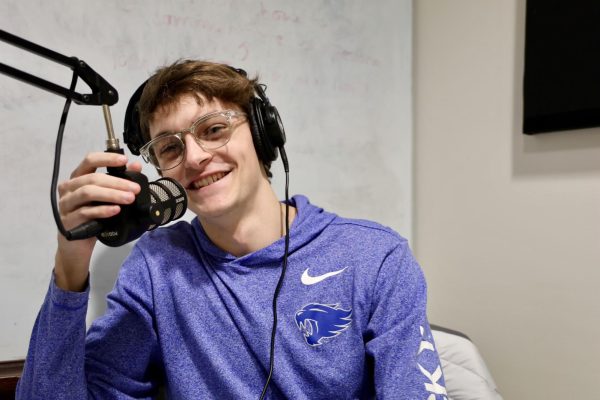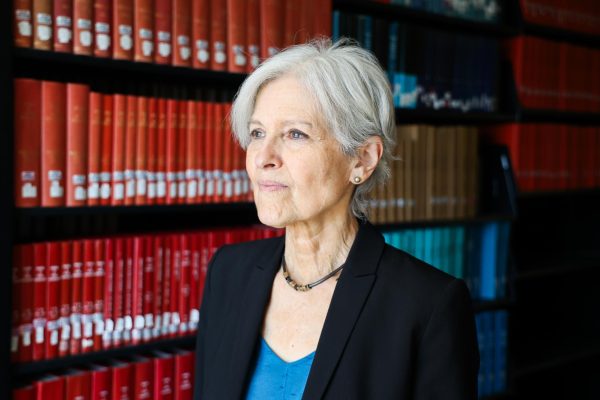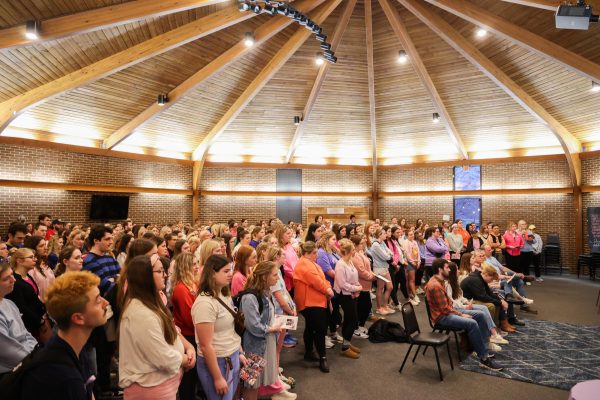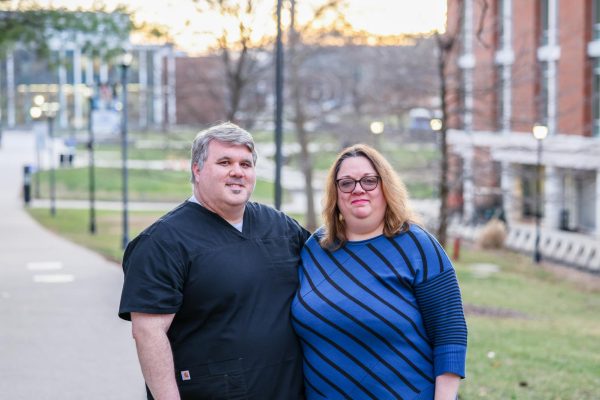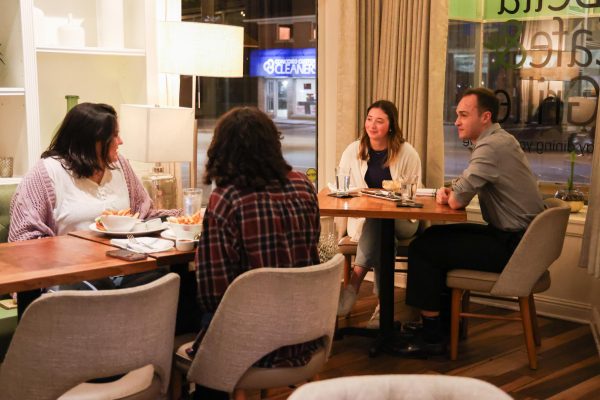The belles are brewing
November 9, 2015
By Lexington Souers
“Women, it is a scientific fact, have a more sensitive palette, or as I like to say ‘simply better taste,’” said Marianne Barnes, first female master bourbon distiller since prohibition.
This natural ability — and her tenacity — has helped her step into her role as master Distiller.
Bourbon, typically marketed as a man’s drink, has become a commodity women across the world are re-learning to love and produce.
Bourbon has always been a family affair. Until prohibition, women were historically the main distillers in families, and recent times have seen women making a comeback as leaders in one of Kentucky’s most famous and historic industries.
“Bourbon is more than just a drink in Kentucky,” said Peggy Noe Stevens, the industry’s first female Master Taster and founder of the Bourbon Women Association. “It’s a lifestyle.”
A Master Taster is trained by the Master Distiller to understand the production and flavor profiles of the particular bourbon and translate it to the consumer.
Stevens said the industry has changed since she became a Master Taster in 1996. Her story was picked up by 120 newspapers because, as Stevens said, “it was big news.”
Since then women have gone on to become major factors in the industry — both as producers and consumers. Stevens said she thinks more opportunities for women to receive a college education and enter the workforce has lead to the interest in working in the bourbon industry.
Susan Reigler, president of the Bourbon Women Association and a visiting biology lecturer at Indiana University Southeast, said the history and flavor of bourbon is one of the most unique aspects of the industry, and the state’s history. Reigler has written several books about the bourbon industry, one of which is used in UK’s bourbon tourism class. One-third of today’s whiskey drinkers are women, she said.
“Bourbon has so much more flavor and history than a drink like vodka,” Reigler said.
Because of its rising popularity, which Reigler attributes to the “burgeoning of cocktail culture,” nuances in flavor have become the unique identifiers in each brand and barrel. Reigler said the modern bourbon is no longer “your grandfather’s shot of Red Stag.”
Barnes never expected to be a part of the bourbon industry, but felt that she couldn’t say no to the opportunity.
“I worked long, hard hours, making it known that I was there to do everything I could to make myself and all the projects I worked on better, and it paid off,” Barnes said. “People will notice, and in my case the industry has noticed and I certainly hope that consumers will notice as well.”
Barnes studied under the current Master Distiller at Brown-Foreman to become a Master Taster, and went on to combine her chemical engineering degree with her bourbon knowledge to become a Master Distiller. She left Brown-Foreman to revitalize Old Taylor Distillery and to create a new line of products.
“I chose to disrupt the industry as it was, and start something new,” Barnes said. “My new partners Will Arvin and Wes Murry had an impressive plan, and I felt a calling the be a part of the team that would rebuild and revive the once glorious historic Old Taylor Distillery.”
Working in the industry has allowed Barnes to become a leader, but she recognizes the opportunity for women to enter the field is growing and she urges them to follow their passion.
“Today, women are becoming more visible. There are a few others like myself, but many more that are active are training currently,” Barnes said. “I am at the forefront of a movement that I am really excited about.”
Distilling isn’t the only opportunity for women in the industry. Distilleries are hiring women as members of their public relations and marketing teams.
Rachel Ford, KY Diplomat at Maker’s Mark, isn’t a Kentucky native. She left a career in broadcast and took a job at Maker’s Mark because it seemed fun and interesting.
“I fell in love with the city, in love with the state and fell in love with bourbon,” Ford said. “My heart and soul is Maker’s Mark.”
Ford said during her time at Maker’s Mark the company has created more outlets for artists. For instance there is a Chihuly art installation at the distillery, and they hosted a three act Ballet and Bourbon event where each act of the ballet was accompanied by a bourbon inspired meal.
Whether the result of an increase in female consumer base or not, Ford said bourbon tourism has seen a huge growth. Ford said this allows distilleries to trend towards education when hosting events.
“I founded the Bourbon Women Association because we are technically the other half of the population,” Stevens said. “We weren’t teaching women how to drink.”
In Ford’s experience, the bourbon industry has always been a family. She said if one distillery needs help or equipment, other distilleries are always willing to lend a helping hand. Luckily that family has embraced the power and leadership of women in all of the many different components that make up the booming industry.
“It’s not a man’s world,” Ford said. “Not nearly as much as people think.”













































































































































